By Abygail Hoey
In 2020, it is estimated that there were over 325,000 nurse practitioners (NPs) licensed to practice in the United States. NPs are registered nurses with “advanced training,” typically a master’s degree, who provide comprehensive services to patients by combining clinical training in diagnostics and the treatment of health conditions, with disease prevention and health management. Over the last decade, the demand for health care, specifically primary care, has increased. This increase results from several factors—one being newly insured Americans—but it is largely due to population growth and aging, which accounts for 81% of the change in demand from 2010 to 2020. The current number of physicians will not meet this growing demand. And marginalized populations and rural areas will be the most impacted, because physician shortages are particularly severe in these areas. Without addressing the physician shortage, access to primary care will become more delayed and widespread in underserved rural and urban areas. Medically underserved populations may face economic, cultural, or language barriers to health care.
